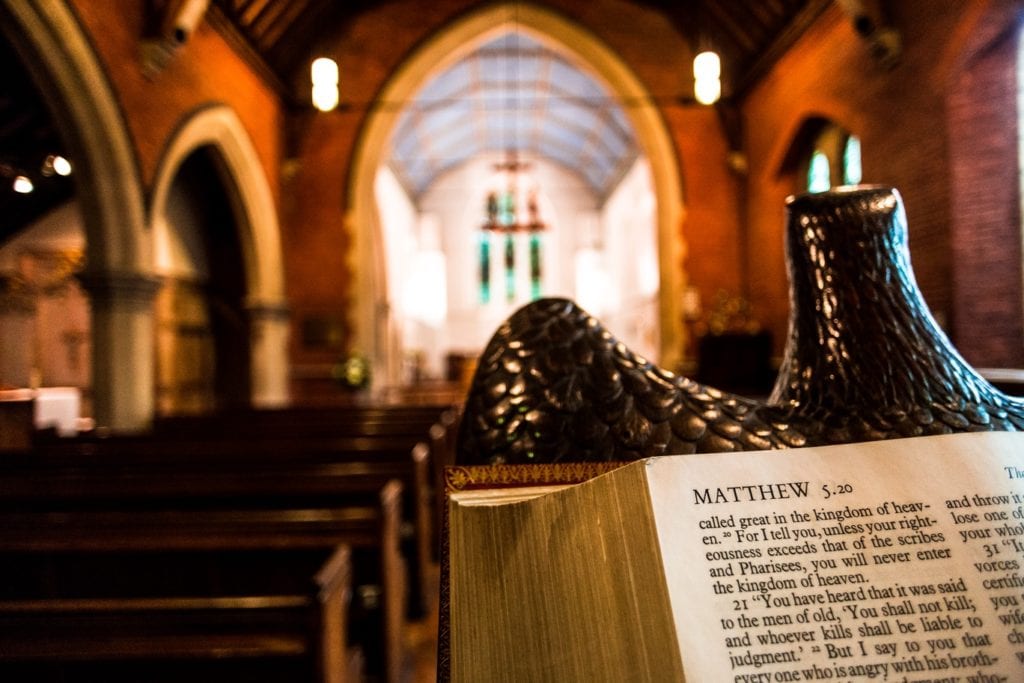
Over the past several years, numerous major changes have rippled through the landscape of church architecture and design. While most church buildings of the 20th century have a similar appearance and function to churches of the 19th century, typical 21st century church buildings have been moving towards a different direction. Most of the current trends increased in popularity in the latter half of the 20th century, and have persisted due to cultural changes.
In this page, we’ll explore recent trends in 21st century church design and take a closer look at some of the factors influencing these new trends.
Simpler, more streamlined designs
Traditional architecture that features more complex and sophisticated details is very costly to construct nowadays, which is why many church buildings are now trending towards simpler designs. Instead of prioritizing elaborate designs, budgets are now used towards building larger, functional spaces for more affordable costs.
Even new church buildings which have the budget to afford classic designs typically opt to allocate funds and resources instead towards more space and better technology for their facilities.
Another reason for this trend is that some congregations favor a simpler appearance in order to become more “seeker-sensitive.” This stems from the belief that departing from the more traditional look – with steeples, stained glass, and other commonly used church symbols – might be intimidating, and could discourage newcomers from joining the congregation.
Sustainable designs
For the most part, faith-based facilities have not been able to keep up with other types of buildings when it comes to implementing sustainable designs. This has changed during the last couple of years, as more and more church building designs have focused on using innovative ways to “go green”, often in the form of architectural features geared towards conserving energy.
More expansive multipurpose spaces
Many new church design projects have shifted towards the use of multipurpose spaces, mainly due to the increasing need to repurpose the same spaces for different functions.
This allows churches to make use of large rooms not only for worship but for recreational and educational activities as well. Compared to traditional church building designs, modern churches now have more spaces built for more than a single purpose.
Leaning towards this multipurpose trend has affected the architectural design of newer churches, which is why many of them have a more basic, no-frills, “boxy” structure.
Repurposing of existing venues
Many commercial buildings such as retail venues, warehouses, and business park complexes are now being repurposed into churches. In most cases, the building’s basic exteriors are retained, with only a cross or signage bearing the church’s name added to its façade.
More convenient access to the greater community
When it comes to selecting a location, many church facilities are moving towards sites that offer more visibility and accessibility in order to build a stronger connection with the surrounding community.
One of the biggest challenges in choosing a location is to make sure it offers easy access during days of worship, while also having a weekday presence for other church-related activities.
Family environments
Churches that plan to add a children’s space are moving away from using excessively themed environments to more simple designs that can be used for different settings. This is done to make learning environments more fresh and engaging, especially for younger members of the congregation. Like traditional designs, however, color and natural light are still used as key elements in the design of children’s spaces.
A better sense of intimacy
Even with larger properties, many churches are now designed to heighten the sense of intimacy within the worship space. Members of the church want to feel more connected to the speaker, which can often be a design challenge for growing congregations.
Instead of using standard fixed pews, modern church designs are moving towards more flexible seating arrangements, with chairs that can be moved around so space can adapt to specific functions. Instead of the conventional two-aisle setups, seats are now fanned in a half-circle surrounding the stage, giving the speaker better opportunities to connect with all members of the audience.
Find the best site for your church today
If you’re looking for church real estate for sale in and around the metro Chicago area, Church Building Consultants Realty will help bring you closer to your goals. The team has over 25 years of experience in the industry and has successfully guided a long list of satisfied clients through various church real estate transactions.
You can get in touch with the team at Church Building Consultants Realty by calling 630.344.9449 or sending an email to dan(at)churchbuildingrealty(dotted)com.

